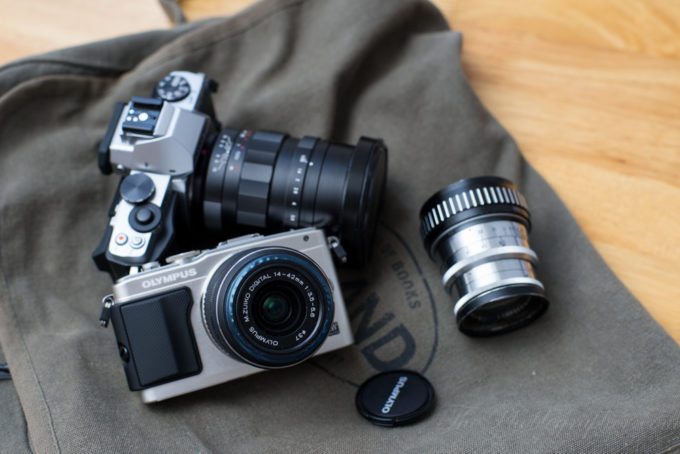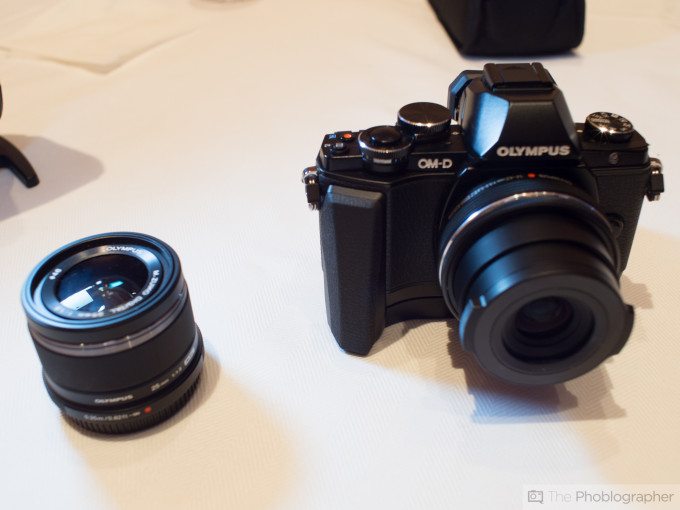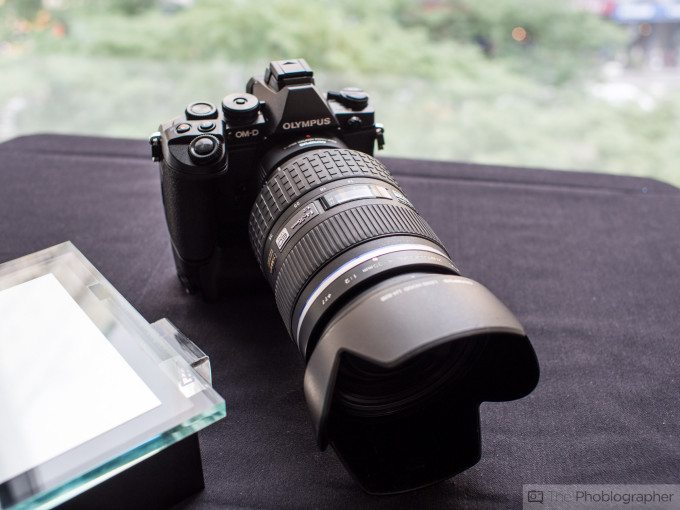Spread the love
Olympus has been a key player in the Micro Four Thirds camera segment. They have launched popular models such as the Pen F, the OM-D E-M1 Mark III, and the OM-D E-M1X, each of which is popular among street and wildlife photographers. However, before 2015, the company also introduced multiple compact cameras, which would be liked by today’s Gen Z photographers. If you are someone who is looking to purchase a camera that is stylish but powerful, these offerings will be helpful. Plus, they are quite affordable too. Let’s jump in.
Olympus EP-3
The EP-3 is another 12MP MFT camera that includes a TruePic VI processor, ISO up to 12,800, and 35 AF points. At the time, the camera was to have the ‘world’s fastest’ AF. Other features include a 614k-dot LCD, a burst rate of 3fps, flash sync of 1/180 sec, and 1080 video recording at 60fps. The camera is lightweight, the new 12mm f2 ED MSC lens is fun to use, and the autofocus is indeed fast for its time. The image quality is great, the JPEGs need some tweaking for minor shadows and highlights, and the high ISO performance is also nice. As we said in our review, “When in use for street photography, I really do have to say that this camera will shine for many reasons. First off, the autofocusing is extremely fast and it’s a tiny camera body—all you need to do is go straight up to your subject, touch the area on the screen and shoot. The camera will focus so quickly that you’ll be able to get in, do the job, and go.”
Olympus EPL5

The Olympus EPL5 features a 16MP sensor, offering 12-bit images, and can shoot HD videos at 60fps. Like the EP-3, it comes with 35 AF points, a 460k-dot LCD, and an ISO up to 25,600. It also features a better continuous shooting rate of 8fps, and its flash sync speed is 1/250 sec. The EPL5 is small and lightweight, has fast autofocus, and its LCD screen is impressive. Image quality and battery life are other things it excels at. So, if you want a camera that is easy to carry around, here is what you can opt for.
Olympus OMD EM10

The OMD EM10 is an entry-level camera with a 16MP Live MOS sensor, TruePic VII image processor, and 1,440k-Dot EVF with a 120fps refresh rate. It also has a 1,037k-Dot tilting LCD, 1080p video recording at 30fps, 3-axis image stabilisation, built-in HDR modes, and a burst rate of 8fps. The camera is super light, has blazing fast autofocus, and a great form factor. The image quality is just as great, and as we said in the test, “While we have yet to test the OMD EM10’s raw file versatility, it is a much better camera than we initially gave it credit for. The JPEG image quality that comes from it is outstanding. But beyond that, this camera focuses like a true speed demon and there is very little that can match it.”
Olympus OMD EM1

The OMD EM1 is a beast of a performer. It is a flagship camera that houses a 16.3MP Live MOS sensor, TruePic VII processor, 2,360k-Dot EVF, and 1,037k-Dot LCD. It also has 5-axis image stabilization with IS auto, a burst rate of 10fps, and a shutter speed of 1/8000 sec. Plus, it is weather-sealed. Its pros include excellent image quality, stellar RAW file versatility, best autofocus, great grip, time-lapse mode, and focus peaking. We liked the camera so much that it won our Editor’s Choice rating.
What to Skip: Olympus E-PL7

While we added the EPL5 to the best camera list, the latest iteration, the EPL7, is left out for various reasons. Although compact and featuring a 16MP sensor, the camera lacks USB charging. There is also a cramped layout for the buttons, and focusing peaking is disabled by default. It is also heavier than what we expected, and the menus are hidden. As we said in the review, “It is equipped with practically the same sensor as the previous E-PL5 model except with an updated image processor and metal body. With a new flip-down selfie screen, it’s obvious Olympus is joining the self-portrait fad.” The device has just a 3-star rating in our test.
